In this article, I’ll be discussing nutrition and hydration tips for the Peaks Challenge Falls Creek event.
Firstly nutrition is a very personal topic. Many people have their own individual needs and opinions on nutrition. This article is designed to give overall guidelines for nutrition to help you decide on what’s going to be best for you in your training leading up to the event as well as on the day.
But before we get into it, I recommend that you download your FREE high-level training program for Peaks Challenge Falls Creek
Use your longer training rides to experiment with your nutrition.
Everyone has their preference to the type of food they prefer to consume on the ride. If you aren’t sure what you’ll be eating and drinking on the ride, I strongly recommend that you start to work through it now. Use your longer training rides to try different things to make sure that you have a good idea of what you’ll be eating and drinking doing the actual peaks Challenge Falls Creek event.
Check out if the event has any hydration &/or nutrition sponsors that will be proving the on-course products during the event. If so, I recommend that you use these on your training rides so that you can get used to them. You can combine them with your preferred riding food and drink. I add several different types of foods to my valet bag so that I have a little variety on the ride.
Eat well off the bike leading up to the event
I’ve worked with several sports nutritionists and done lot of research on nutrition over the last few years. While there are many different types of dietary recommendation out there it all comes back to these basic guidelines:
- Your diet should be made up of as much unprocessed food as possible, vegetables, fruit, nuts and lean meats.
- Stay away from gluten, refined sugar, poor quality fats, and poor quality diary.
- Add good quality fats like coconut oils, avocados, and olive oil to your diet and reduce the consumption of trans fats like margarine and seed and vegetable oils like canola, cottonseed, and grapeseed oil. Use olive oil for low-temperature cooking and cold use like salads and cook with stable saturated fats like butter, coconut oil, and animal fat. Also, stay away from fried foods.
- Reduce your consumption of bread and pasta and replace it with unprocessed carbohydrate foods like brown rice, fruits, and root vegetables.
- Reduce consumption of poor quality dairy products like cheese and milk and replace them with unsweetened coconut and nut milk like almond milk. Poached eggs are ok though.
- Manage your portion sizes to ensure that you aren’t overeating.
- Eat only when hungry.
Metabolic efficiency
In recent years, there has been a resurgence of discussion around metabolic efficiency protocols. While many of these are still experimental, we have had success with protocols that help improve metabolic efficiencies. These protocols are focused on reducing your daily consumption of high GI carbohydrates and to go out on a ride that lasts less than two hours on an empty stomach. By doing so, you should find that within a few weeks you’ll be able to burn more of your fat reserves at higher intensities.
One of the popular diets is the high fat, low carb diet. If you are experimenting with low carb diets, then I recommend that you don’t start them too close to the event. It usually takes around six to eight weeks for your body to adapt. Also, many of the sports nutritionists I work with recommend that endurance athletes use a hybrid approach by adding good quality low processed carbs to their diet rather than following a strict high-fat low carb diet. This is because in many cases a strict high-fat low carb diet will reduce the athlete’s ability to train and their overall performance while under a heavy training load.
On the ride
Unless you have improved your metabolic efficiency via your diet, I recommend that you consume around 30-60 grams of carbohydrate per hour. There is another formula which is 1 gram of carbohydrate per kg of body weight per hour (70kg rider would be then consuming 70 grams of carbohydrate an hour), but this is more suited to cyclists that are racing at high intensities rather that a recreational endurance rider undertaking Peaks Challenge.
This carbohydrate requirement can be met by consuming a variety of combinations of sports drinks, sports bars and gels and normal food like fruit, ANZAC biscuits, fruit cake, and sandwiches.
There is not one single food item or sports drink that is universally better than any other. If you ask ten cyclists about the food they eat on an event like this, you’ll get ten different answers, so it comes down to your personal choice.
The faster you go, the more you’ll probably be better relying on products that can be consumed and digested quickly like sports drinks, gels, and sports bars. If you are riding at a leisurely pace then “real” food like bananas and fruitcake are great options.
Most products now have their carbohydrate content listed on the outside of the packet. So this makes it relatively easy to work out how many of them you’ll need to eat per hour.
Most gels and sports bars contain around 20-30 grams of carbohydrate so consuming two to three of these products per hour will meet the majority of most people needs.
Also, people with larger builds (heavier) consume more carbohydrate per hour than smaller (lighter) built people. Please take this into consideration when working out your nutrition plan.
Remember that these are guidelines only!
Hydration recommendations
The fluid you drink while riding is taken to replace water and electrolytes lost through perspiration. You also lose fluid when you breathe, but this is of lesser importance. So, the main driver for hydration is dictated by how much you sweat.
So, the amount of fluid you’ll consume will vary depending on how hot it is when you are riding and how much you perspire.
The hotter the day and the more you perspire so, the more fluids and electrolytes you’ll need to replace. Again, everyone has their specific hydration needs, so it’s important to experiment while out riding until you find out what works for you.
Hydration can be complicated further because many people rely on the carbohydrate in the sports drinks to provide them with their fuel as well.
On cooler days, they may not be drinking enough of their sports drink to meet their 30-60 grams of carbohydrate per hour requirements.
If this is the case then supplementing their sports drink with a snack will help. Drinking too much on a cooler day means you may need to go to the toilet more often to expel the extra water.
Also, on the hottest part of hot days, you may not be able to consume enough fluids. If you know that you are going to be riding through the middle part of a hot day, it’s important to ensure that you keep on top of your hydration earlier on in the ride.
By doing this, you’ll be less likely to run into a hydration deficit before the mid-day heat.
Having a headache is a sure sign that you are dehydrated. Having to go to the toilet regularly during a ride is a sign that you are drinking too much.
Some of the components of our detailed training program
While we offer a free training program that I highly recommend that you download, I also recommend you consider purchasing our detailed Peaks Challenge Falls Creek training program packages.
In it, the first four weeks of focuses on getting you into a regular training schedule with a focus on building strength.
The four key components are:
- The 010 – Hill Climber Cadence Steps E3 indoor training workout – This is a specific indoor training session that you can also do out on the road to help you develop leg strength.
- The Matt Brindle Functional Strength Training – This is core and strength training done off the bike to help you develop the strength that will assist you later on in this program to improve your comfort, speed and sustained strength endurance on the bike.
- The 002 – E3 Strength Endurance Ergo – This is a specific indoor time trial training session that you can also be done out on the road. It will help you start the process of converting your muscle fibres from type IIb muscle to type IIa so that you can rider faster.
- The specific target hill-climbing distances and vertical meters for the weekend rides.
We offer two detailed training programs for the Peak Challenge Falls Creek event. One for a sub-13-hour ride and the other for the sub-10-hour ride. They are compatible with all training platforms including Zwift and TrainerRoad and can be loaded up into your Training Peaks account. They come with over nine hours of training videos and unlimited email support. Most cyclists that work through our training program see results within four weeks. Oh, and they will take the guesswork out of your training for the Peaks Challenge Falls Creek and help get to the start line in the form of your life with a minimal impact on your work and family commitments. And the reason for this is simple, we have been tuning and improving on them since 2014!

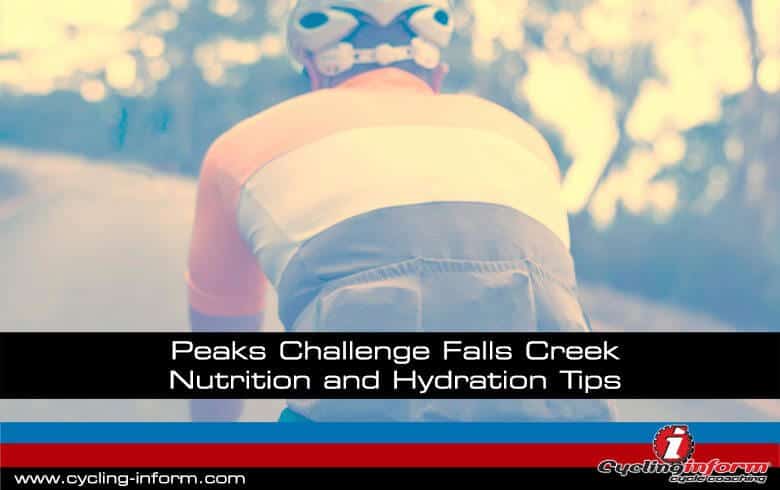
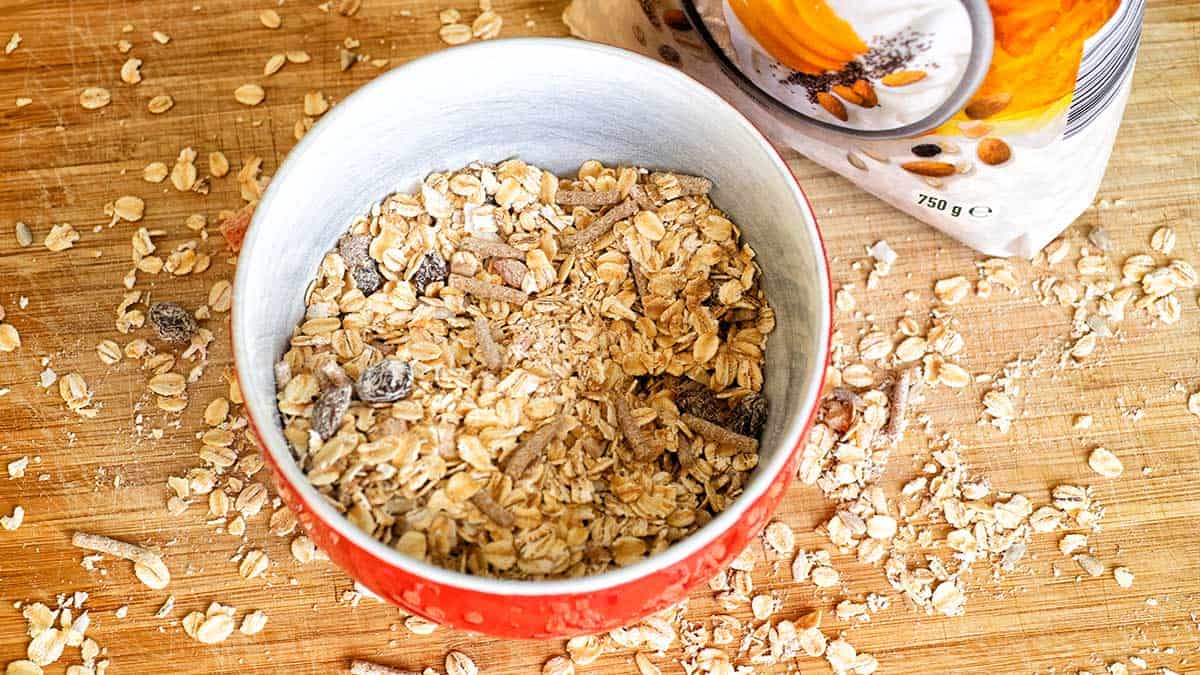
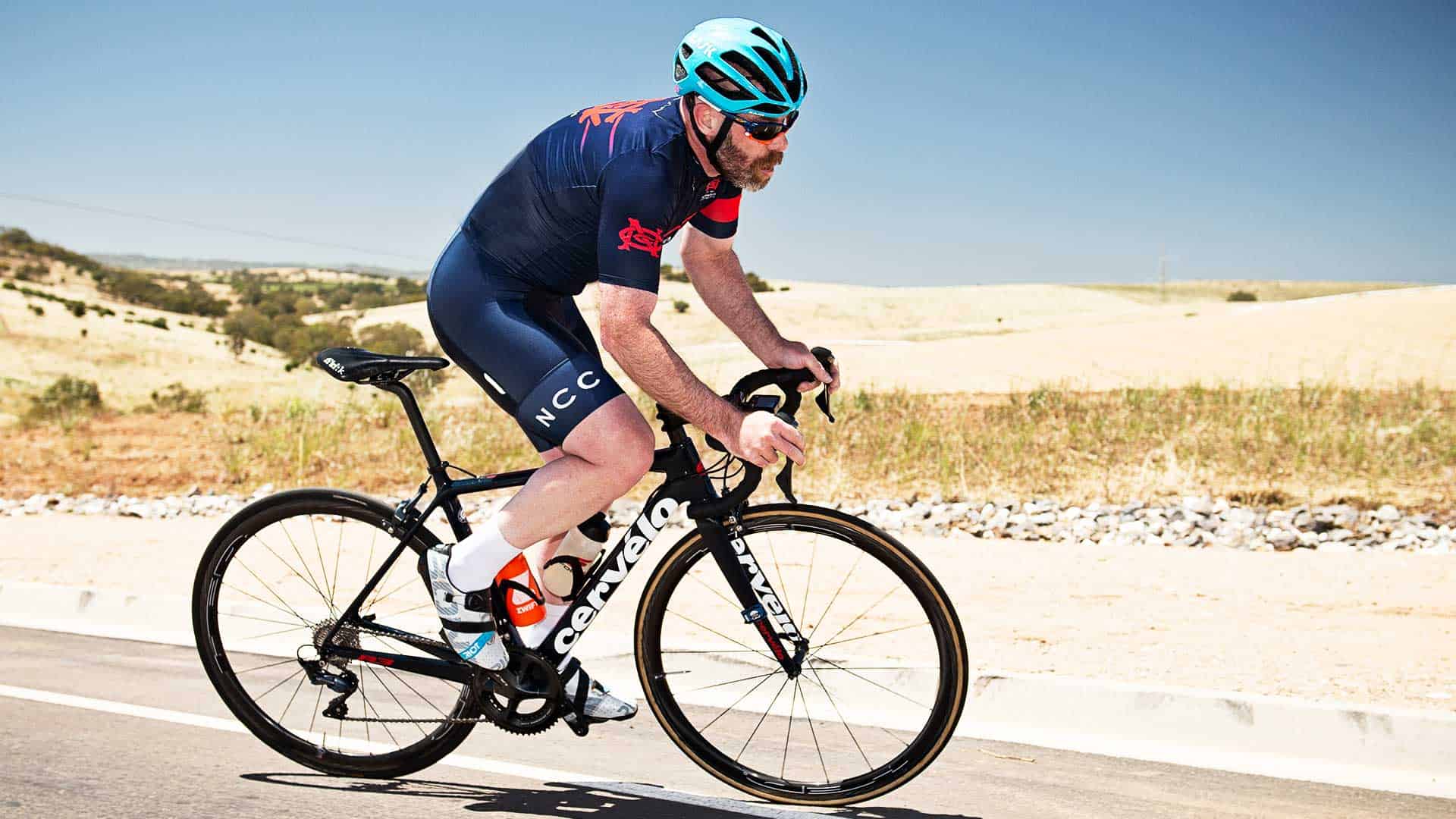
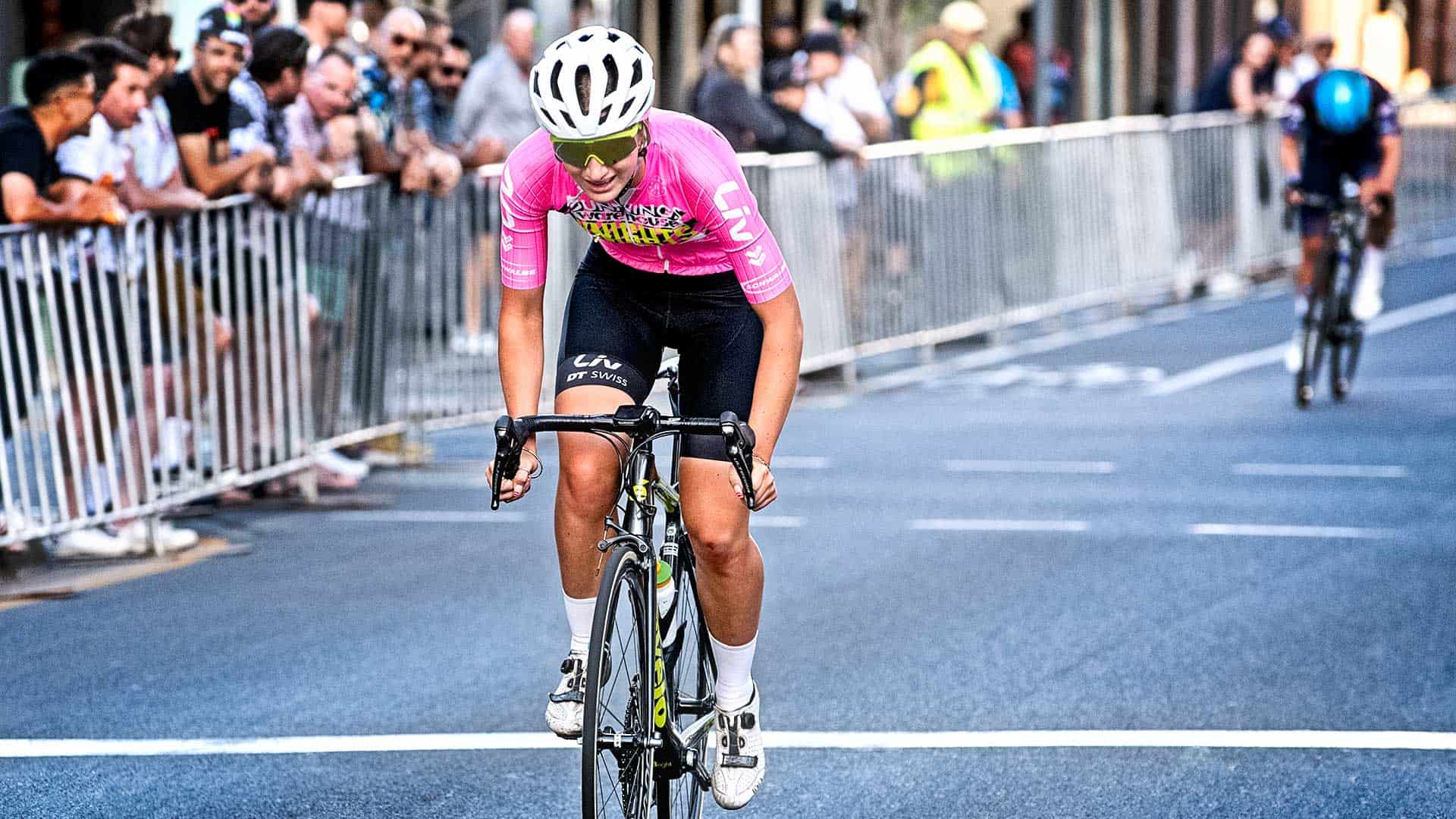
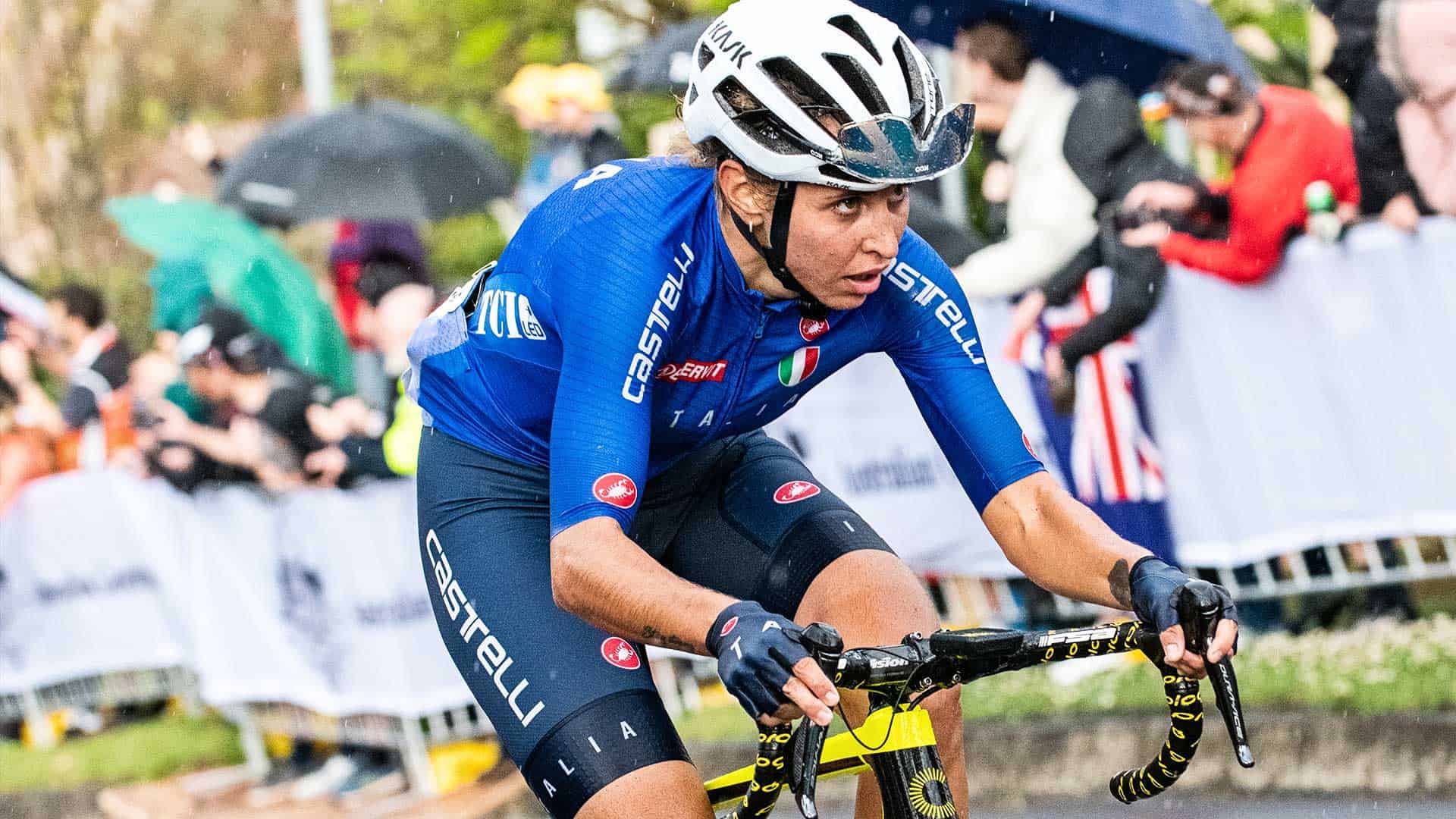
Leave A Comment